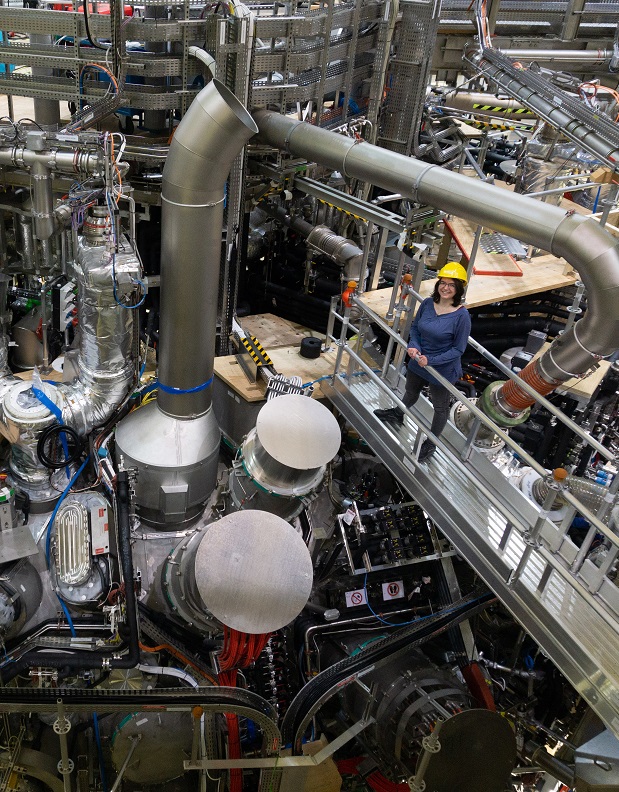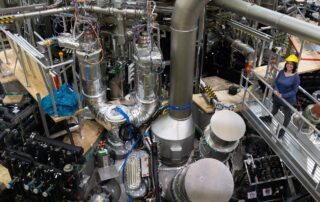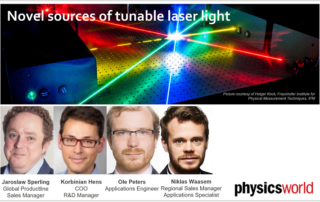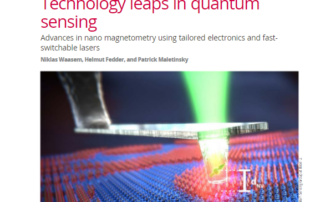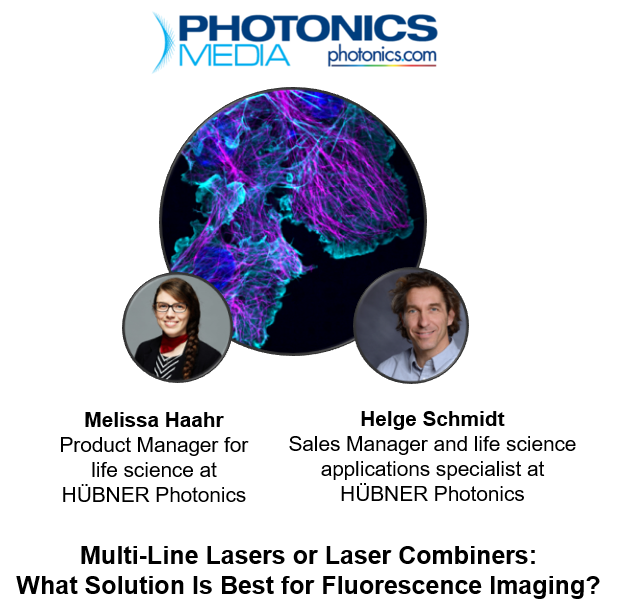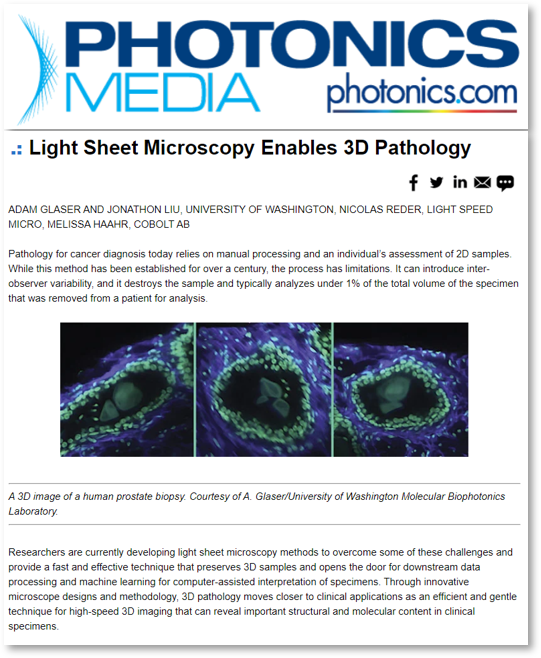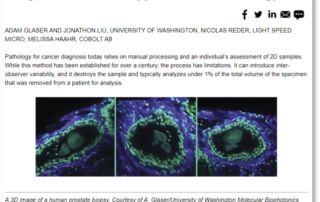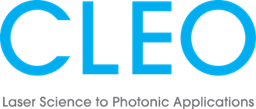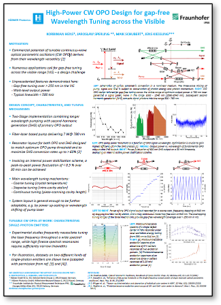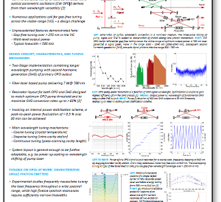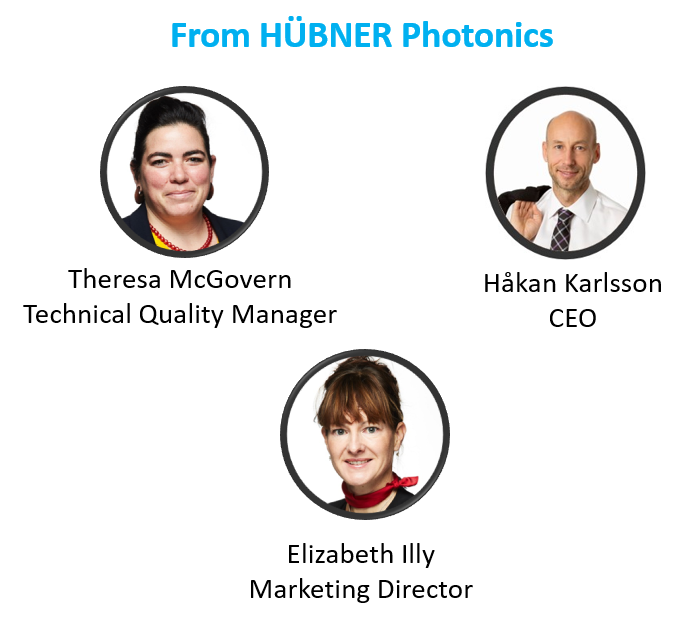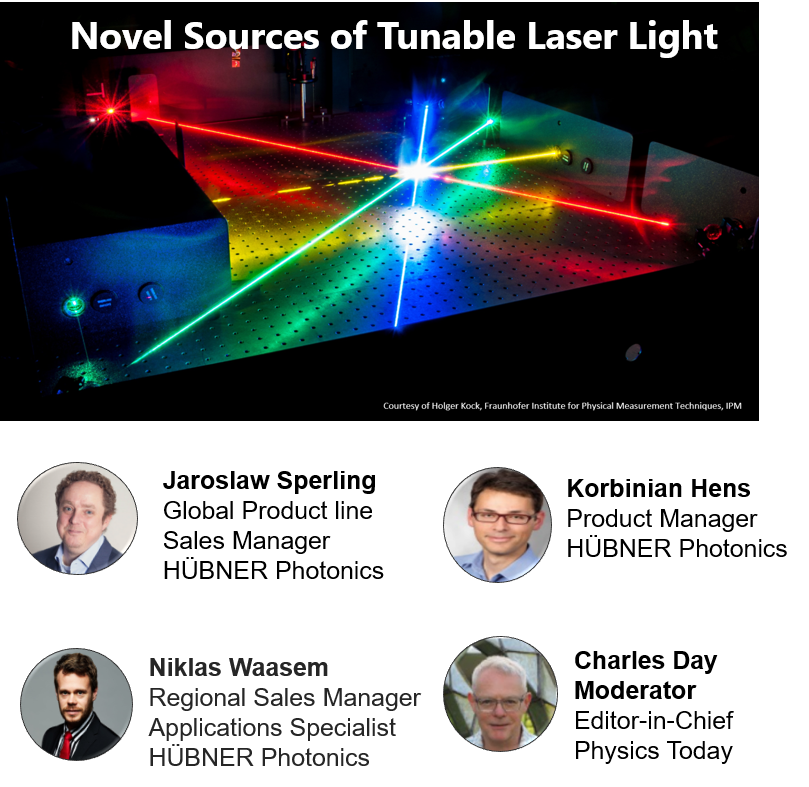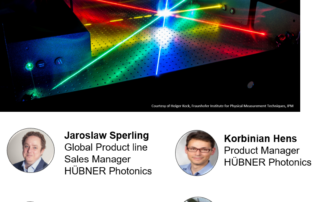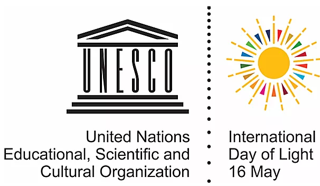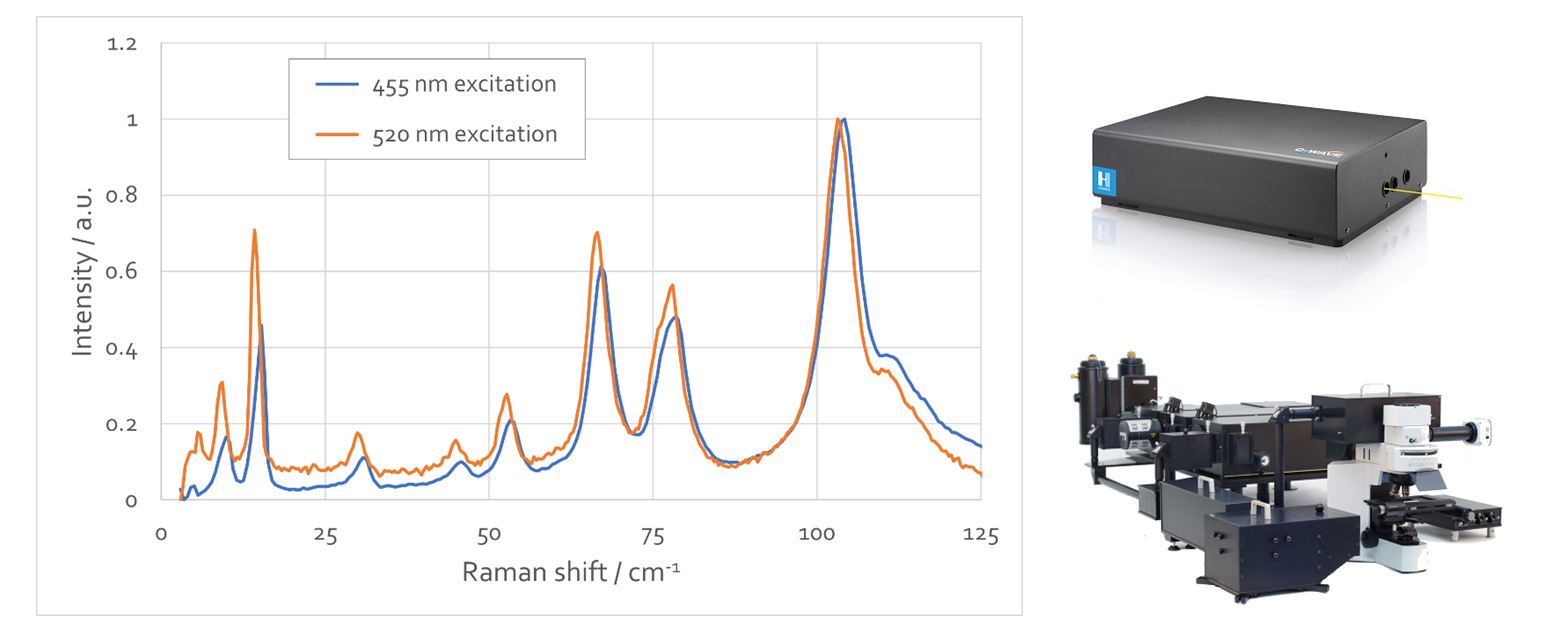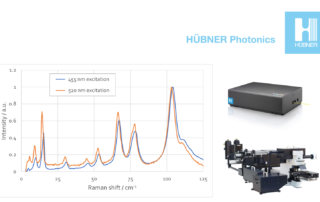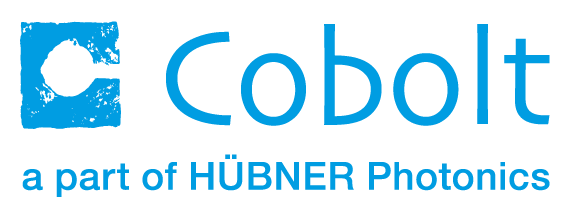Helmholtz doctoral award winner
HÜBNER Photonics would like to congratulate Dr. Valeria Perseo from Max Planck Institute for Plasma Physics in Greifswald for receiving the Helmholtz Doctoral Award 2020 for her doctoral thesis on “Impurity flow measurements with Coherence-Imaging Spectroscopy at Wendelstein 7-X”!
With the PhD prize, the Helmholtz Association recognizes outstanding achievements during the doctoral phase. The award is intended to encourage students to pursue a scientific career path. For this purpose, financial support for a six-month research stay abroad is available in addition to the doctoral award, which is endowed with 5000 € for scientific applications.
Dr. Valeria Perseo employed the C-WAVE tunable laser as a calibration source for her Coherence-Imaging Spectrometers (CIS). She wrote in an article published in Review of Scientific Instruments (https://aip.scitation.org/doi/10.1063/1.5126098): “The use of the C-WAVE laser improved the flexibility, precision, and stability of our CIS diagnostic, allowing us to monitor and measure the system response with little use of simulations and opening up testing possibilities unexplored before.”
We thank Dr. Valeria Perseo for the kind and inspiring collaboration, and we wish her all the best for her future career path!
Video (Valeria’s contribution starting at 10:46 min):
Further References:



